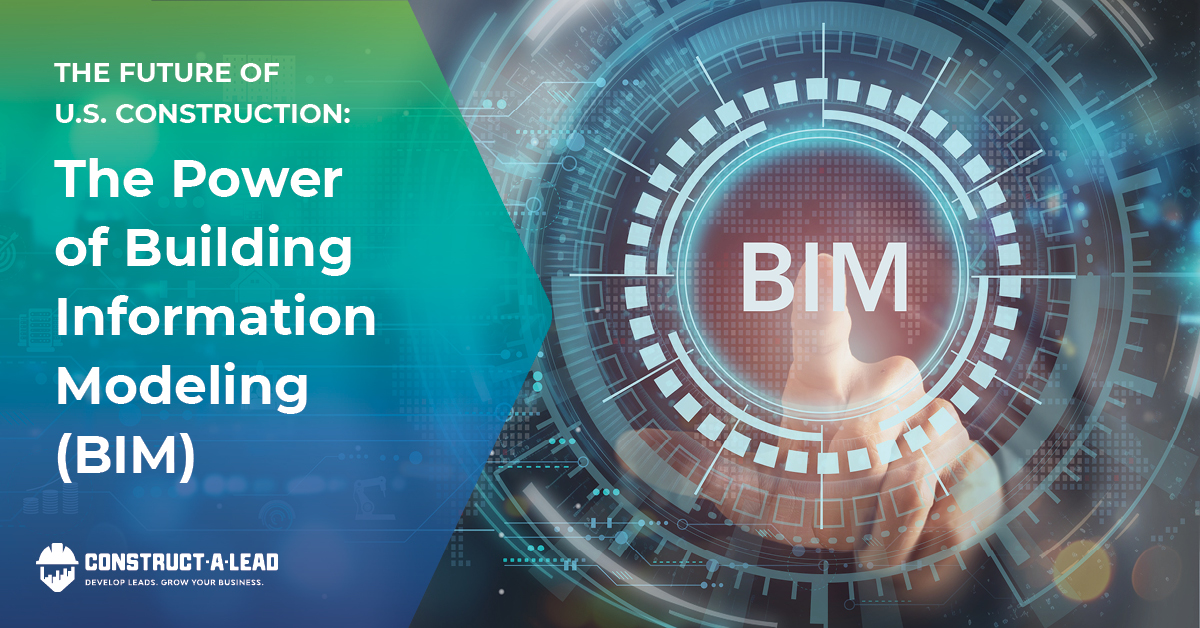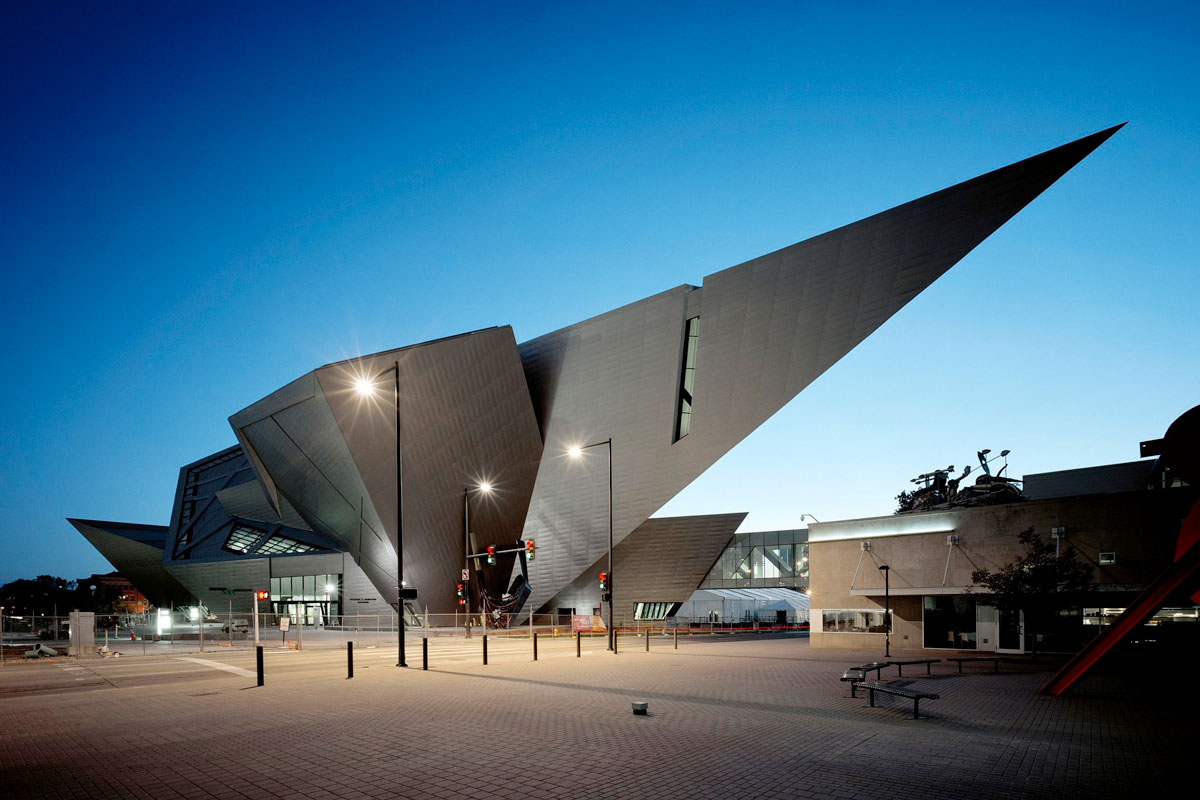
The Future of U.S. Construction: The Power of Building Information Modeling (BIM)
Building Information Modeling (BIM) is revolutionizing the construction industry. With detailed 3D models that highlight a building’s physical and functional aspects, it has brought precision and efficiency into our approach to designing, planning, and managing building projects.
The Growing BIM Market
The BIM market is on a steady rise, expected to reach $8.05 billion globally by 2025. With this technology’s increasing adoption by the construction industry, BIM is clearly here to stay. In fact, it’s projected that 70% of the U.S. construction industry will be using BIM by 2025.
Making a Difference with BIM: Real-World Examples
One can’t truly appreciate the power of BIM without looking at its practical applications:

One World Trade Center, New York City:
BIM was instrumental in the creation of the One World Trade Center, the main building of the redeveloped World Trade Center complex in New York City. It streamlined design visualization, making it possible to communicate complex design concepts and decisions clearly among the diverse team of architects, engineers, contractors, and stakeholders involved. Additionally, BIM facilitated improved coordination among these different teams, helping to avoid conflicts and changes during construction that could result in delays and increased costs. It also served as a valuable tool for progress tracking, enabling project managers to visualize stages of the construction process, monitor progress in real-time, and make informed decisions on resource allocation and scheduling.

Denver Museum of Art, Denver:
For the construction of the new wing at the Denver Museum of Art, BIM played a central role from the initial planning to the final construction. In the early stages, the 3D model developed through BIM allowed for the testing of different design proposals and better communication of these designs to stakeholders. Throughout the project, this model was continually updated and refined, helping to anticipate and foresee potential problems before they occurred. By using BIM, the project team was able to identify and resolve issues such as spatial conflicts and structural challenges in the virtual model, thereby avoiding costly and time-consuming changes during the actual construction process.

California Academy of Sciences, San Francisco:
The California Academy of Sciences in San Francisco utilized BIM in its design and construction process to great effect. BIM helped the architects, engineers, and constructors visualize and understand the complex geometries of the building’s design, which included features such as a domed green roof and a spherical planetarium. BIM was crucial in identifying potential issues early, such as conflicts between the architectural design and the structural and mechanical systems. Additionally, the use of BIM facilitated sustainable design and construction practices by enabling energy modeling and analysis, helping to achieve the building’s goal of attaining LEED Platinum certification. Through BIM, the project team was able to improve coordination, increase efficiency, and ensure the successful realization of this ambitious and innovative project.
The Unmistakable Benefits of BIM
BIM Challenges to Overcome
Future Trends in BIM
BIM continues to evolve, merging with other groundbreaking technologies and becoming more user-friendly. Merging BIM with AI and VR, increased customization, and the rise of open BIM standards are just some of the exciting trends we can look forward to.
BIM in the Eyes of Regulators and Industry Leaders
Regulations and standards are adapting to accommodate BIM, with organizations like AIA, NIBS, and ISO developing BIM guidelines and standards. Industry leaders view BIM as more than just a tech tool – it’s a new way of envisioning construction. As Michael P. Burke, CEO of AECOM, puts it, “BIM is the future of construction.”
Conclusion
BIM’s potential in revolutionizing the construction industry is beyond doubt. Its benefits in cost savings, productivity boosts, and error reduction are remarkable, and the industry is committed to overcoming the challenges it faces. By continually learning and adapting, we can fully tap into BIM’s potential, setting the stage for more efficient, cost-effective, and sustainable construction. With the BIM market expected to reach $8.05 billion by 2025, the future certainly looks bright for this innovative technology.
STAY UP-TO-DATE!
Subscribe to receive our newsletters with insights and tips from industry experts.
RECENT ARTICLES
The Ultimate Guide to Finding Large Commercial Construction Project Leads (2025 Edition)
This 2025 guide breaks down the most effective strategies, tools, and platforms for finding commercial construction project leads. Whether you’re looking to diversify your project portfolio, expand into new regions, or scale your operations, this resource is your starting point.
Why Use a Construction Lead Generation Service? (Benefits for Large-Scale Projects)
If you're a contractor, supplier, or service provider looking to land more large-scale commercial jobs, chances are you've tried everything—referrals, bid portals, cold calls, and even LinkedIn messages. While those tactics still hold some value, they’re no longer enough to compete at scale.
Optimizing Your Online Presence to Attract Commercial Construction Leads
Whether you're a general contractor, subcontractor, supplier, or service provider, your online presence plays a critical role in attracting large commercial construction leads.




